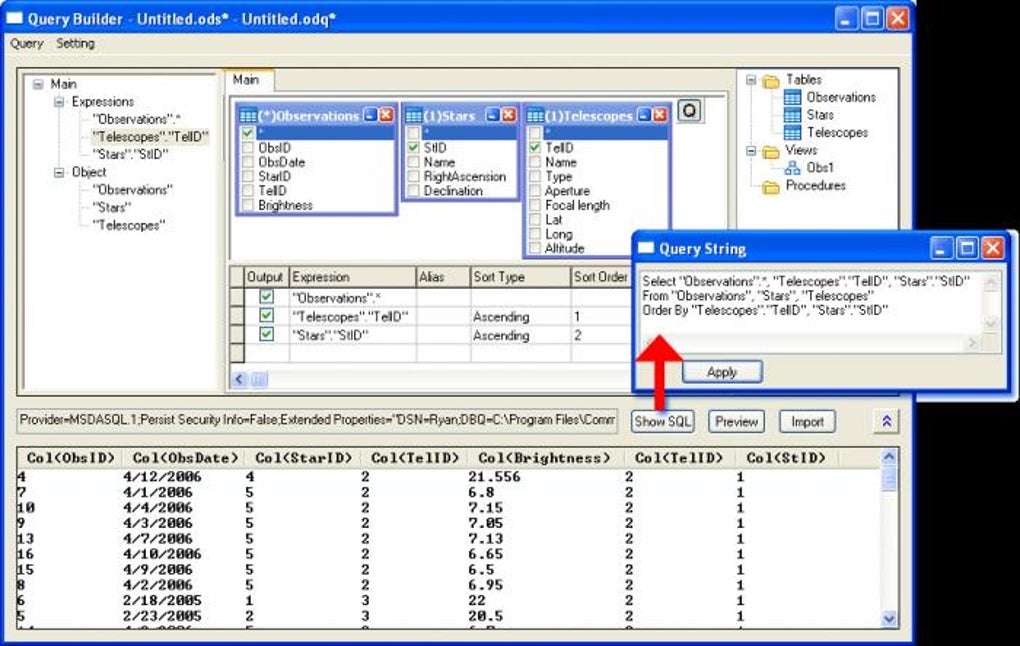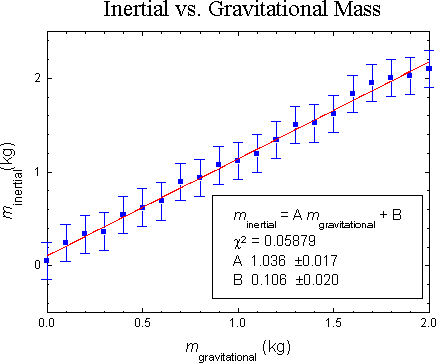
Gives the ability to view on the scope any portion of the pageĭesired, at any degree of magnification, as if through a magnifying In thinking of the drawings in Sketchpad, the pageĬoordinates are considered as fixed. This internal system is called the "page"Ĭoordinate system. Than 18 bit precision, Sketchpad uses an internal coordinate systemįor drawing representation divorced from the representation requiredīy the display system.

Located at the left of 18 bit computer subwords for each axis.įor convenience in representing many component variables and for more The coordinate system of the TX-2 display system has origin at theĬenter of the scope and requires ten bits of deflection information Ivan Sutherland's "Sketchpad" system (1963) was based on a TX-2 vector display, and in "Sketchpad: A Man-Machine Graphical Communication System" (PhD thesis, January 1963), he writes on page 70ff: The dedicated hardware of Atari "Asteroids" (1979) for example used a vector screen it would be interesting to know what it thought its program coordinate system was.
ORIGIN GRAPHING FOR PC PLUS
Plus you need to know the resolution of the screen, whereas if you just do line 0 at y=0, you don't need to know the resolution.Īddendum: Early graphics were done on vector monitors, just one step up from the oscilloscopes seen in the lab where (0,0) would be in the exact middle of the screen, subject to some knob turning to set X/Y scale, X/Y offset, and possibly X/Y inversion. If we had a bottom-left origin, the math of drawing textlines would be a bit more involved, and it could've been a big deal to those old slow computers (who even made a shortcut for incrementing by 1, for goodness sakes, called "++"). Old computers did not draw graphical objects so much. This could be the origin of left-to-right direction in western languages, propagating down to Cartesian coordinates and TV/computer screens. So if we put the zero hour at the top of the "clock face", then the shadow pointer starts moving to the right. Sundials in the northern hemisphere (that have north-facing pointers and disks parallel to the ground) always rotate clockwise. This is unnecessarily complicated.īTW when you get to 3 dimensions, the z axis is considered to go "upwards" in the positive direction. Succinctly speaking in mathematical terms, the screen is in Quadrant 4 instead of Quadrant 1. It can be a real nightmare dissecting the sin sin, sincos, and similar things. An example would be the parametric equations for an ellipse drawn at any 2D angle.

Whenever you look up drawing equations involving sin, cos, or tan, you have to carefully invert the signs that deal with the y-axis parameters.or you will get the wrong thing drawn. I gained this attitude as I programmed games and other simulations involving elliptical orbits. Probably no one conceived of the possibility of doing it differently. Nevertheless, my guess is that probably it was never questioned (a bad thing) since the Western languages write words left-to-right and top-to-bottom.

(This kinda brings up the question of how on Earth did they invent CRTs before the simple matrix of dots, way back in the early 20th century?) Note: not meant to be disrespectful as it is incredibly more challenging to get equations for magnetically deflecting rays to the proper lines on a screen, as opposed to a simple matrix of tiny "light bulbs". Of course you can then ask: why do TVs draw this way? They were invented in the early 20th century so you can imagine how much thought or lack thereof went into the design, if it was even questioned.

When monitors became flat screens (and TVs became flat screens too), it was equally natural to keep the same format for easy compatibility. Original computer monitors were CRT screens (small TVs), so the format naturally stayed the same.
ORIGIN GRAPHING FOR PC TV
The simple answer to "why" is because TV formats also drew their lines from left-to-right then top-to-bottom. This is a great question that I've thought of many times.


 0 kommentar(er)
0 kommentar(er)
